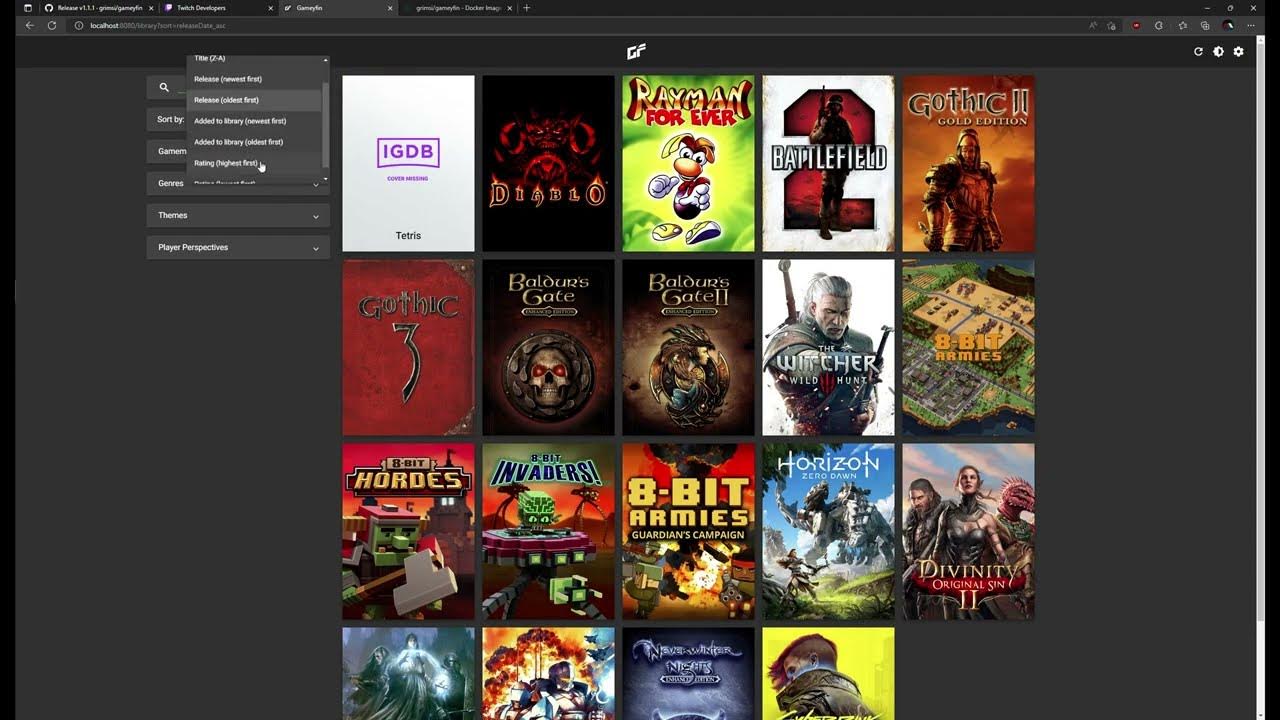Bare metal embedded lecture-1: Build process
Summary
TLDRThis video teaches how to build and run bare-metal executables for ARM microcontrollers like the STM32F4, using a cross-compilation toolchain and no IDE. It covers key topics such as compiling, assembling, linking, and debugging ARM-targeted applications using tools like GCC for ARM, OpenOCD, and GDB. The process involves creating essential startup code, writing linker scripts, and automating the build with a Makefile. The video simplifies complex steps, allowing users to compile C code into executable files and run them on an ARM device without relying on an IDE.
Takeaways
- 😀 Understand the process of building and running bare-metal executables for ARM-based embedded systems without an IDE.
- 😀 Learn to compile a C program for an embedded target using a cross-compilation toolchain and write microcontroller startup files.
- 😀 Explore the structure and purpose of relocatable object files (.o) and how they are used in embedded systems.
- 😀 Gain knowledge in creating linker script files from scratch and understanding various section placements for executables.
- 😀 Learn how to link multiple object files using a linker script and generate application executables in formats like .elf, .bin, and Intel hex.
- 😀 Discover how to load final executables onto the target hardware using tools like OpenOCD and GDB, all via command-line tools.
- 😀 Understand the concept of cross-compilation, where the toolchain runs on a host machine but generates machine code for a target machine (e.g., STM32 microcontroller).
- 😀 Become familiar with the GCC toolchain for ARM embedded processors, which is open-source and widely used for embedded development.
- 😀 Learn to install the GCC toolchain for ARM and verify its installation through the command prompt, ensuring the correct setup for cross-compilation.
- 😀 Follow the build process for compiling C code, including stages like preprocessing, assembly, and linking, and understand the role of object files (.o) in this process.
Q & A
What is cross-compilation, and why is it necessary in embedded systems development?
-Cross-compilation is the process of compiling code on one machine (the host) to run on a different target machine (the embedded system). It is necessary in embedded systems development because the target device often does not have the resources to run a full development environment, so developers need to use a different machine to create the executables.
What does the 'bare-metal' term mean in the context of ARM microcontroller programming?
-'Bare-metal' programming refers to writing software that directly interacts with the hardware without relying on an operating system. In embedded systems, this means writing code that controls the hardware registers and peripherals of the microcontroller without the abstraction layer of an OS.
Why do we need a linker script when building executables for ARM microcontrollers?
-A linker script is necessary to control the layout of memory and specify how different sections of code and data (like text, data, and BSS) are arranged in memory. It ensures that the executable is placed at the correct memory addresses for the target system.
What are the different types of files generated during the build process for an ARM target?
-The build process for an ARM target generates several types of files, including source files (.c), object files (.o), and executable files. Executables can come in various formats, including ELF, BIN, and Intel Hex. Each format is suited for different use cases, such as debugging, flashing to memory, or direct execution.
What is the role of the OpenOCD and GDB in debugging ARM microcontrollers?
-OpenOCD (Open On-Chip Debugger) is a tool that provides debugging, in-system programming, and boundary scan testing. GDB (GNU Debugger) works in conjunction with OpenOCD to allow interactive debugging of programs running on ARM microcontrollers by setting breakpoints, inspecting memory, and controlling execution flow.
Why is the ARM toolchain used instead of a standard GCC toolchain?
-The ARM toolchain is used because it is specifically designed for ARM architecture. While the standard GCC toolchain is for general-purpose systems, the ARM toolchain includes optimizations and options that allow developers to target ARM processors, ensuring compatibility with the ARM instruction set and hardware features.
What is the significance of the object file (.o) in the build process?
-An object file (.o) is the output of compiling a source file. It contains machine code that the linker can combine with other object files to form the final executable. The object file is a relocatable unit that can be linked with other object files to create a full program.
How does the process of compiling and linking differ in ARM development compared to desktop systems?
-The main difference is that in ARM development, especially in bare-metal systems, the code is directly compiled for a specific hardware target, with no operating system to abstract away hardware details. Developers need to use specialized toolchains and linker scripts to place code at the right memory addresses and handle system-specific configurations.
What are the advantages of using a makefile in ARM development?
-A makefile automates the build process, saving time and reducing errors. It ensures that only the necessary files are recompiled when changes are made, and it can handle complex build instructions for compiling, linking, and flashing code onto the target device. This makes the development process more efficient and reproducible.
How can you debug an ARM microcontroller program without using an IDE?
-You can debug an ARM microcontroller program without an IDE by using OpenOCD to interface with the microcontroller and GDB to interactively debug the code. This allows you to set breakpoints, inspect memory, and control program execution directly through command-line tools.
Outlines

此内容仅限付费用户访问。 请升级后访问。
立即升级Mindmap

此内容仅限付费用户访问。 请升级后访问。
立即升级Keywords

此内容仅限付费用户访问。 请升级后访问。
立即升级Highlights

此内容仅限付费用户访问。 请升级后访问。
立即升级Transcripts

此内容仅限付费用户访问。 请升级后访问。
立即升级5.0 / 5 (0 votes)






